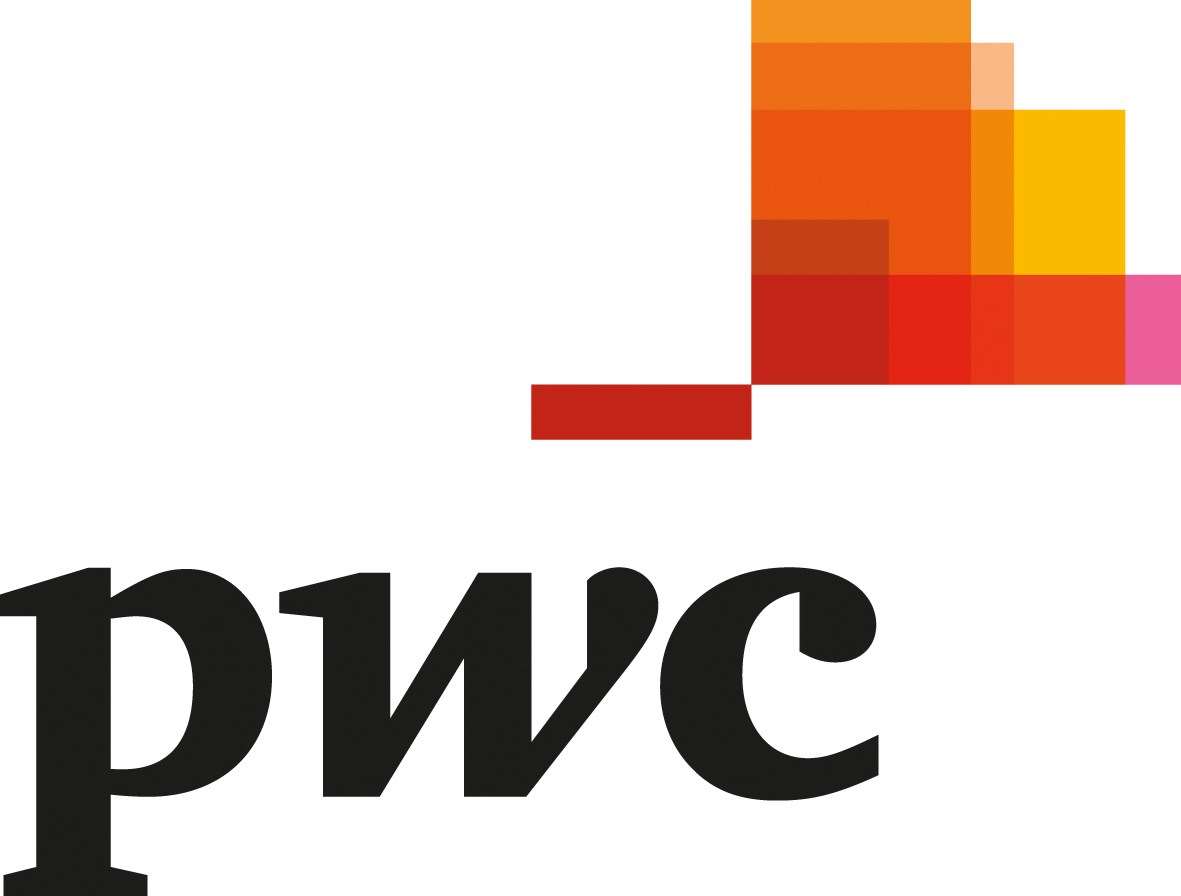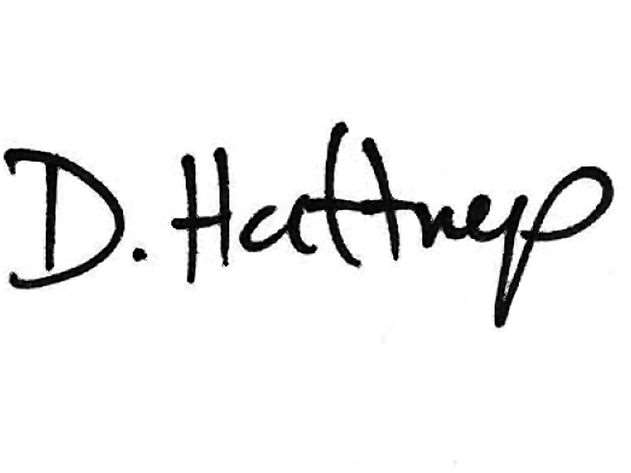
Report of the statutory auditor to the General Meeting of Sonova Holding AG
Report on the audit of the consolidated financial statements
Opinion
We have audited the consolidated financial statements of Sonova Holding AG and its subsidiaries (the Group), which comprise the consolidated income statements, consolidated statement of comprehensive income, consolidated balance sheets as at 31 March 2020, consolidated cash flow statements and consolidated changes in equity for the year then ended, and notes to the consolidated financial statements, including a summary of significant accounting policies.
In our opinion, the consolidated financial statements give a true and fair view of the consolidated financial position of the Group as at 31 March 2020 and its consolidated financial performance and its consolidated cash flows for the year then ended in accordance with the International Financial Reporting Standards (IFRS) and comply with Swiss law.
Basis for opinion
We conducted our audit in accordance with Swiss law, International Standards on Auditing (ISAs) and Swiss Auditing Standards. Our responsibilities under those provisions and standards are further described in the “Auditor’s responsibilities for the audit of the consolidated financial statements” section of our report.
We are independent of the Group in accordance with the provisions of Swiss law and the requirements of the Swiss audit profession, as well as the IESBA Code of Ethics for Professional Accountants, and we have fulfilled our other ethical responsibilities in accordance with these requirements. We believe that the audit evidence we have obtained is sufficient and appropriate to provide a basis for our opinion.
Our audit approach
Materiality
The scope of our audit was influenced by our application of materiality. Our audit opinion aims to provide reasonable assurance that the consolidated financial statements are free from material misstatement. Misstatements may arise due to fraud or error. They are considered material if, individually or in aggregate, they could reasonably be expected to influence the economic decisions of users taken on the basis of the consolidated financial statements.
Based on our professional judgement, we determined certain quantitative thresholds for materiality, including the overall Group materiality for the consolidated financial statements as a whole as set out in the table below. These, together with qualitative considerations, helped us to determine the scope of our audit and the nature, timing and extent of our audit procedures and to evaluate the effect of misstatements, both individually and in aggregate, on the consolidated financial statements as a whole.
|
|
|
|
|
Overall materiality |
|
CHF 27,500,000 adjusted for one-time effects |
|
How we determined it |
|
5% of profit before tax |
|
Rationale for the materiality benchmark applied |
|
We chose profit before tax as the benchmark because, in our view, it is the benchmark against which the performance of the Group is most commonly measured, and is a generally accepted benchmark. |
We agreed with the Audit Committee that we would report to them misstatements above CHF 1,250,000 identified during our audit as well as any misstatements below that amount which, in our view, warranted reporting for qualitative reasons.
Audit scope
We tailored the scope of our audit in order to perform sufficient work to enable us to provide an opinion on the consolidated financial statements as a whole, taking into account the structure of the Group, the accounting processes and controls, and the industry in which the Group operates.
We designed our audit by determining materiality and assessing the risks of material misstatement in the consolidated financial statements. In particular, we considered where subjective judgements were made; for example, in respect of significant accounting estimates that involved making assumptions and considering future events that are inherently uncertain. As in all of our audits, we also addressed the risk of management override of internal controls, including among other matters consideration of whether there was evidence of bias that represented a risk of material misstatement due to fraud.
The Group is primarily structured across two operating segments: Hearing Instruments and Cochlear Implants. Both segments are active in several markets, mainly Americas, Europe, Asia, Australia and South East Asia. In establishing the overall approach to the Group audit, we determined the type of work that needed to be performed by us, as the Group audit team, by component auditors from PwC network firms and component auditors from other firms operating under our instructions. The group consolidation, financial statement disclosures and goodwill are audited by the Group Engagement team. Where the work was performed by component auditors, we determined the level of involvement we needed to have in the audit work at those reporting units to be able to conclude whether sufficient appropriate audit evidence had been obtained as a basis for our opinion on the Group financial statements as a whole. Our Group engagement team’s involvement included various conference calls with component auditors during the planning phase, interim and final audit.
Key audit matters
Key audit matters are those matters that, in our professional judgement, were of most significance in our audit of the consolidated financial statements of the current period. These matters were addressed in the context of our audit of the consolidated financial statements as a whole, and in forming our opinion thereon, and we do not provide a separate opinion on these matters.
Goodwill impairment assessment
|
|
|
|
|
Key audit matter |
|
How our audit addressed the key audit matter |
|
The Group has goodwill of CHF 1,951.4 million at March 31, 2020. The goodwill impairment assessment is considered as a Key audit matter due to the magnitude of the balance as well as the considerable judgements and estimates made by Management. The judgements and estimates include the initial valuation and subsequent determination of the timing and measurement of an impairment charge, if any. Management’s impairment assessment includes the determination of the cash generating units (CGU’s), the future cash flow forecasts and discount rates applied and the most recent business plans. Refer to note 3.5 (Intangible assets). |
|
We have obtained impairment assessments for the CGU Hearing Instruments and the CGU Cochlear Implants from Management and performed the following procedures, amongst other: We assessed the design of the controls over the Group’s Budget- and Management Reporting process, which is the basis for the future cash flow forecasts. We sought to ensure Management had followed a robust process for drawing up future cash flow forecasts, which included the timely oversight and discussion with the Board of Directors. We assessed the identification of the relevant CGUs. We evaluated and challenged the reasonableness of Management’s key assumptions applied in its impairment assessments for: • Cash flow projections in the forecast, by comparing actual results with the figures included in the prior year budgets to consider whether the key assumptions had with hindsight, been reasonable. • Any significant changes to key assumptions from prior periods by considering whether they had been applied appropriately in the cash flow projection. • Growth rates, by comparing them to economic and industry forecasts and operating margins with comparable companies. • Discount rate, with support of our valuation experts, by assessing the risk adjusted cost of capital used to derive the discount rate for the Group and comparable organisations. • Implications of any potential triggering events and subsequent events on key assumptions. We performed our own sensitivity analysis around the key assumptions to ascertain the extent of change in those assumptions that either individually or collectively would be required for goodwill to be impaired. We found Management’s impairment assessments were based upon reasonable assumptions and consistently applied. |
Provisions for product liabilities
|
|
|
|
|
Key audit matter |
|
How our audit addressed the key audit matter |
|
Provisions for product liabilities amounted to CHF 120.4 million as of March 31, 2020. The provisions for product liabilities comprise provisions for the voluntary product recall of Advanced Bionics LLC in 2006 and the voluntary field corrective action as announced on February 18, 2020. These liabilities include cost of replacement products, medical expenses, compensation for actual damages as well as legal fees. We consider this to be a Key audit matter due to the inherent uncertainty of outcomes and timing of recognition of the liability. In addition, the eventual outcome of any claims is dependent on a number of future events and therefore the positions taken by Management are highly judgmental and can materially affect the Group’s result. Refer to note 3.7 (Provisions) |
|
In response to the risk, our audit procedures included, assessing Management’s process around the identification and evaluation of respective claims, proceedings and investigations in the organization and the recording and continuous reassessment of the related provision and disclosures. We inquired with executive Management as well as legal and financial personnel in respect of ongoing investigations, claims and proceedings. We inspected relevant correspondence and the minutes of the meetings of the Audit Committee and Board of Directors. We also received external legal confirmation letters from relevant external legal counsels. Management uses developed models to calculate the product liabilities (the Models). In case of the existing provision relating to the voluntary product recall of Advanced Bionics LLC in 2006, the key assumptions within the Model are consistent to the prior year. The provisions are based on historical average claim rates and costs per claim considering the respective models. We tested the Models’ mathematical integrity, the accuracy of the underlying calculations and the overall provisions, including the key determining factors like devices in the market, failure rates, claim rates and costs per case. Based on our procedures performed, the provision had been reasonably based on the information currently available to Management. |
Other information in the annual report
The Board of Directors is responsible for the other information in the annual report. The other information comprises all information included in the annual report, but does not include the consolidated financial statements, the stand-alone financial statements of Sonova Holding AG and our auditor’s reports thereon.
Our opinion on the consolidated financial statements does not cover the other information in the annual report and we do not express any form of assurance conclusion thereon.
In connection with our audit of the consolidated financial statements, our responsibility is to read the other information in the annual report and, in doing so, consider whether the other information is materially inconsistent with the consolidated financial statements or our knowledge obtained in the audit, or otherwise appears to be materially misstated. If, based on the work we have performed, we conclude that there is a material misstatement of this other information, we are required to report that fact. We have nothing to report in this regard.
Responsibilities of the Board of Directors for the consolidated financial statements
The Board of Directors is responsible for the preparation of the consolidated financial statements that give a true and fair view in accordance with IFRS and the provisions of Swiss law, and for such internal control as the Board of Directors determines is necessary to enable the preparation of consolidated financial statements that are free from material misstatement, whether due to fraud or error.
In preparing the consolidated financial statements, the Board of Directors is responsible for assessing the Group’s ability to continue as a going concern, disclosing, as applicable, matters related to going concern and using the going concern basis of accounting unless the Board of Directors either intends to liquidate the Group or to cease operations, or has no realistic alternative but to do so.
Auditor’s responsibilities for the audit of the consolidated financial statements
Our objectives are to obtain reasonable assurance about whether the consolidated financial statements as a whole are free from material misstatement, whether due to fraud or error, and to issue an auditor’s report that includes our opinion. Reasonable assurance is a high level of assurance, but is not a guarantee that an audit conducted in accordance with Swiss law, ISAs and Swiss Auditing Standards will always detect a material misstatement when it exists. Misstatements can arise from fraud or error and are considered material if, individually or in the aggregate, they could reasonably be expected to influence the economic decisions of users taken on the basis of these consolidated financial statements.
A further description of our responsibilities for the audit of the consolidated financial statements is located at the website of EXPERTsuisse: http://expertsuisse.ch/en/audit-report-for-public-companies. This description forms part of our auditor’s report.
Report on other legal and regulatory requirements
In accordance with article 728a paragraph 1 item 3 CO and Swiss Auditing Standard 890, we confirm that an internal control system exists which has been designed for the preparation of consolidated financial statements according to the instructions of the Board of Directors.
We recommend that the consolidated financial statements submitted to you be approved.
PricewaterhouseCoopers AG

Sandra Boehm
Audit expert
Auditor in charge

Dominik Hattrup
Audit expert
Zürich, 14 May 2020
Enclosure:
- Consolidated financial statements (consolidated income statements, consolidated statement of comprehensive income, consolidated balance sheets, consolidated cash flow statements, consolidated changes in equity and notes to the consolidated financial statements as of March 31, 2020)

